
Have you ever wondered how is the polar climate? We know that it is very cold, that the landscape is covered with snow for most of the year, but ... why is this so? What are really the minimum and maximum temperatures that are recorded in places where they have this type of climate?
In this special I'm going to tell you all about polar weather, the coldest there is on Earth.
Characteristics of the polar climate
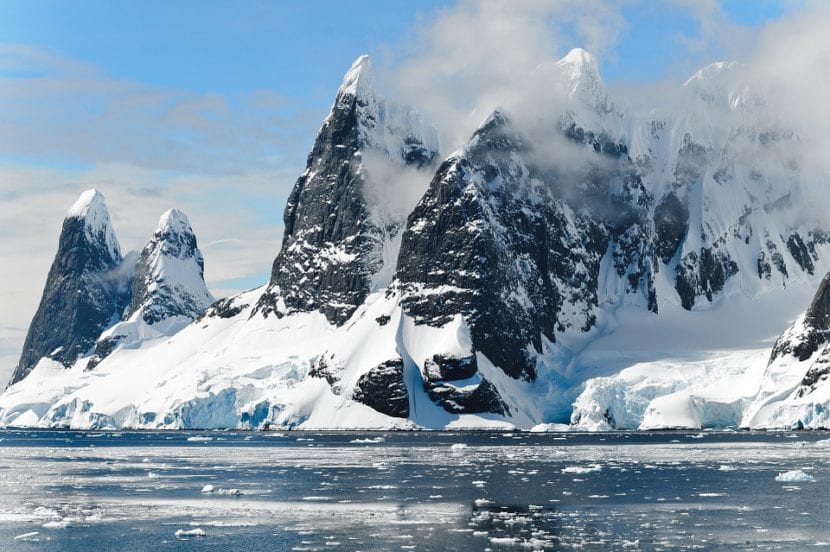
The polar climate is characterized by almost always having temperatures below 0ºC, being able to arrive until -93ºC (in the North Pole), since the rays of the sun arrive very inclined with respect to the terrestrial surface. Rainfall is very scarce, the relative humidity is very low and the wind blows with great intensity reaching up to 97km / h, so living here is almost impossible (although, as we will see below, there are some animals and plants that have managed to adapt to this hostile environment).
The sun at the poles shines uninterrupted for six months (spring and summer). These months are known by the name of »Polar day». But in the other six (autumn and winter) it remains hidden, which is why it is known as »Polar Night».
Example of a polar climate graph
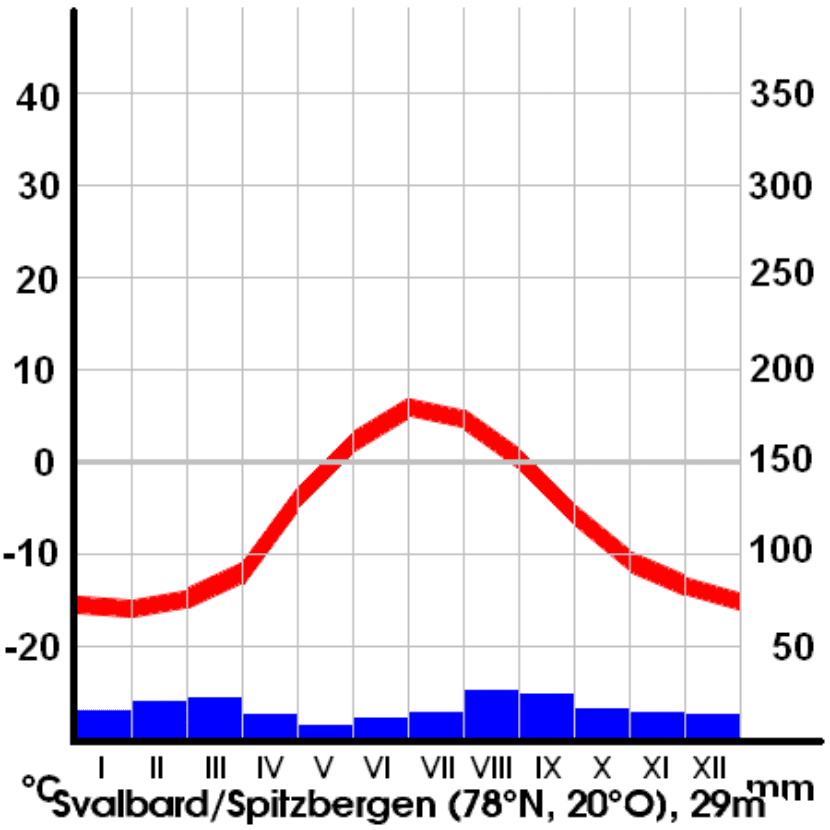
Climograph of Svalbard, archipelago located in the Arctic Glacial Ocean
To get a clearer idea of what the polar climate is like in these regions of the world, let's take the climograph of Svalbard as an example, which is an archipelago located in the Arctic Glacial Ocean. The rainiest month is August, falling about 25mm, and the driest is May, falling about 15mm; the warmest however is June, with a temperature of 6-7ºC, and the coldest January, with -16ºC.
Where is it located?
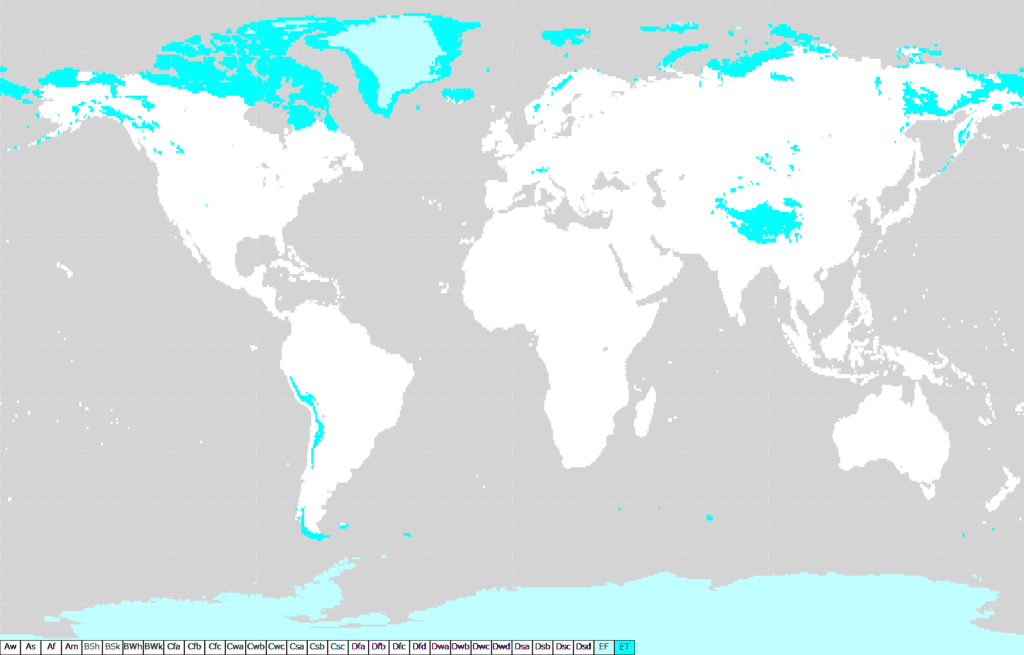
On planet Earth there are two large cold areas, between 65º and 90º north and south latitude, which are the North Pole and South Pole. In the first, we find the Arctic Circle, and in the second, the Antarctic Circle. But in other high mountain regions, such as the summits of the Himalayas, the Andes or the mountains of Alaska, there is a climate very similar to the polar one, which is why they are usually included in the geographical representations of the polar climate.
Types of polar climate
Although we might think that there is only one type of polar climate, in reality it is subdivided into two:
- Tundra: it is one in which the vegetation does not grow much; most are short grasses. As we get closer to the polar circles, we find a landscape with almost no flora. Various plants and animals live here, such as the polar bear.
- Ice or glacial: corresponds to heights greater than 4.700m. The temperature is very low: always below 0 degrees.
Climate in Antarctica
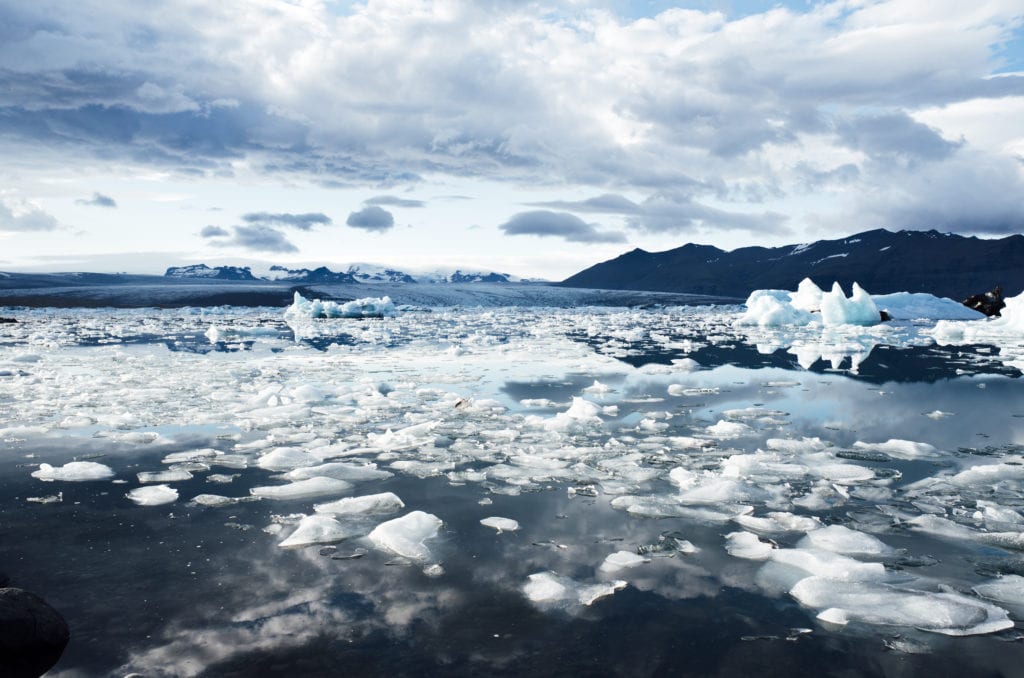
Very, very low thermal values are recorded in Antarctica. The tundra climate occurs in the coastal areas and in the Antarctic peninsula, and the average temperature during the summer month is 0 degrees, and in winter the minimum can drop to -83ºC, and even more. The average temperature per year is -17ºC.
It does not receive much solar radiation, and also, up to 90% of it is reflected by ice, thus preventing the surface from heating up. For this reason, Antarctica is called "Earth's refrigerator."
Climate in the Arctic
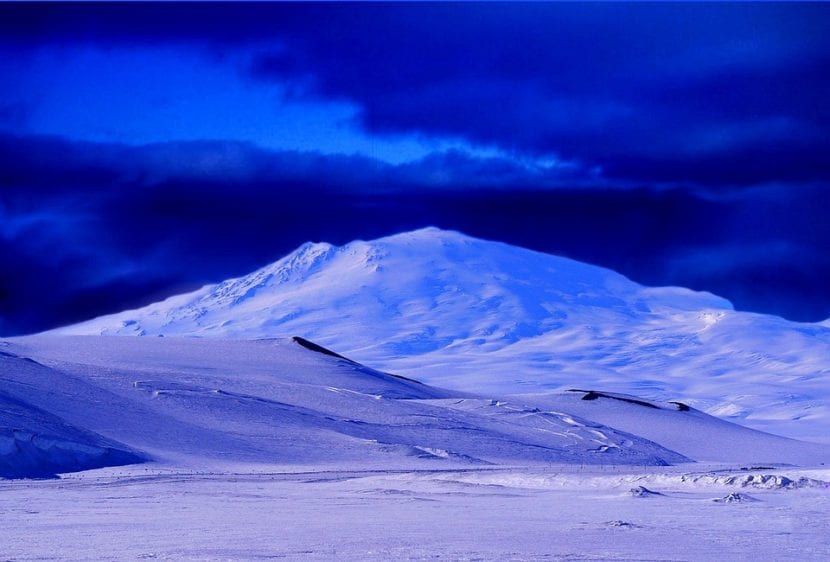
The climate in the Arctic is very extreme, but not as extreme as the Antarctic. Winters are very cold, with temperatures that can drop to -45ºC, and even to -68ºC. In summer, which lasts six to ten weeks, the temperature is much more pleasant at 10ºC.
Humidity is very low, except in summer in coastal areas. The temperature the rest of the year is very cold, and the water barely evaporates. Likewise, rainfall is very scarce, especially during winter.
Polar flora

The polar flora is characterized by having a rather small size. The winds blow with great intensity, so it is imperative to stay as close to the ground as possible. But it is not easy, since it stays cold practically all year round. Thus, the trees could not survive, so the little land that plants can inhabit has been colonized by moss, lichens y scrub.
Vegetation can only be found in the tundra, since in the white deserts of the glacial regions the conditions are not suitable for the life.
Polar fauna
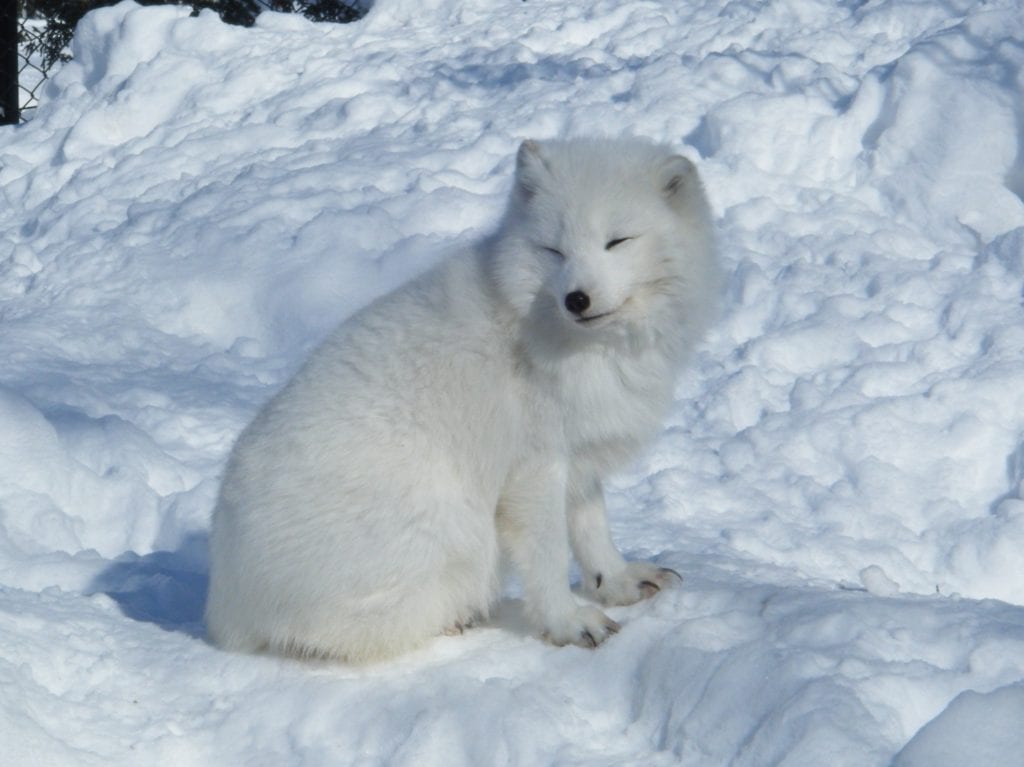
Polar fauna is characterized by having an urgent need to protect itself from extreme cold. To achieve this, they have taken different forms, for example: there are some that have a dense coat and also accumulate subcutaneous fat; there are others who build tunnels or underground galleries, and there are others who prefer to migrate.
Among the most representative fauna we have the polar bears, which is the largest mammalian animal in the Arctic, the wolf, musk ox, or the snow goat. There are also aquatic animals, such as seals, Sea wolf, or sharks, like the Somniosus microcephalus that feeds on polar bears.
And with this we end. What did you think of the polar climate information?
that was the perfect result thanks
This is incredible I managed to get everything I needed
It's cool but it's not what I'm looking for.